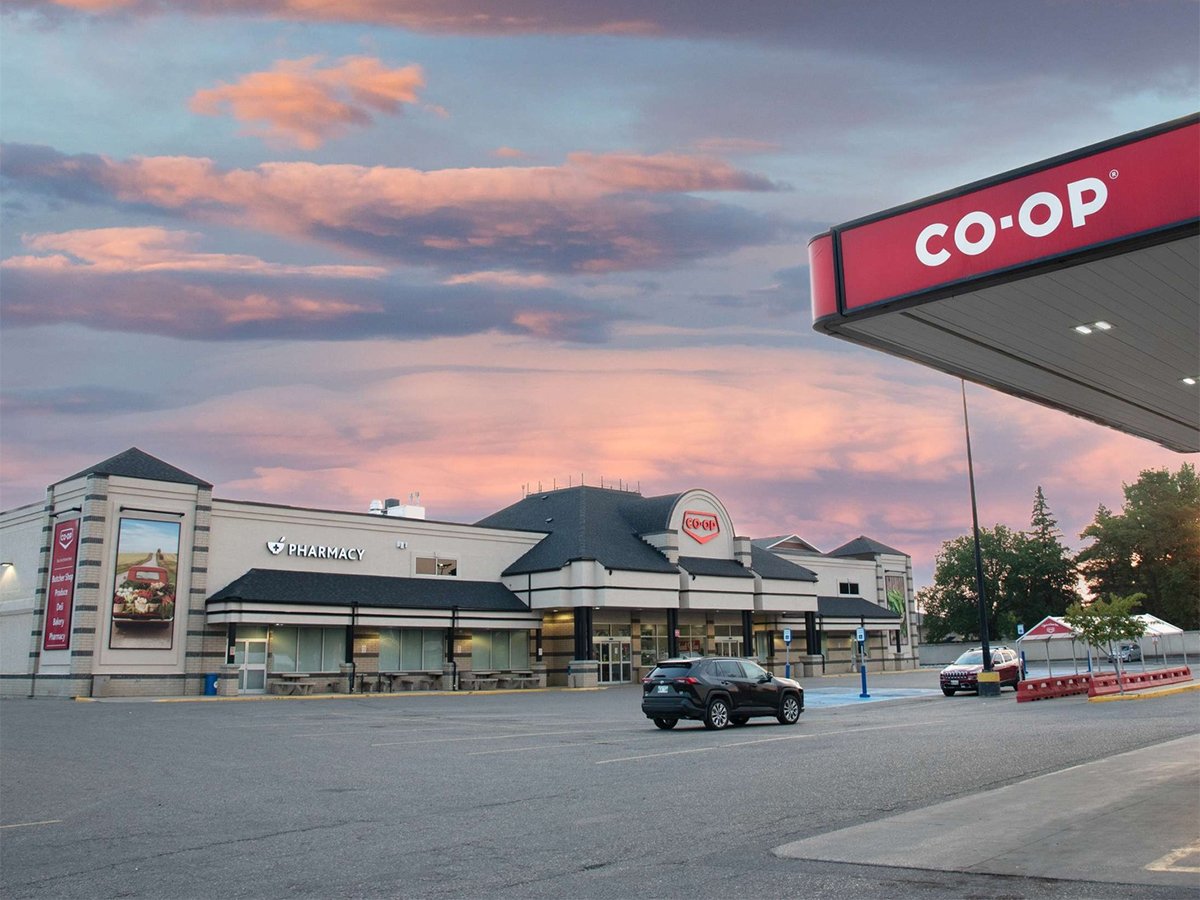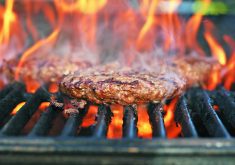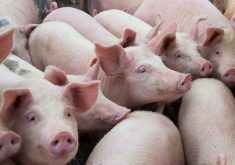In the last week I’ve interviewed a dozen analysts in a couple of different commodities who all had the same basic outlook.
Short term thing don’t look great. But medium and long term everything looks terrific.
This, to them, is true in the grains and oilseeds, which see solid and growing demand around the world, and in the meats, which are more and more demanded in the growing middle classes of developing nations.
This is a big reason that commodity booms, like the one that started at the end of the 1990s and is making us rich now, tend to last a long time. Demand grows steadily and that lays a solid foundation for continually strong prices.
Read Also

Farmer ownership cannot be seen as a guarantee for success
It’s a powerful movement when people band together to form co-ops and credit unions, but member ownership is no guarantee of success.
But an equally important factor is at play, and you can see that right now in the crops but especially in hog profitability: volatility. As everyone always says, the answer to low prices is low prices and the answer to high prices is high prices, but for a commodity boom to end you either need to kill off demand, or massively expand supply. And volatility gets in the way of that happening.
So far in this commodity boom, and in a number of previous booms, demand has suffered but not collapsed, allowing prices to remain strong throughout. But supply isn’t growing as radically as it could be, and that’s because of the volatility. Farmers never know what the heck is going to happen in the next year to prices. That makes them apprehensive to max-out their investment in machinery, land, chemicals, management – all the components of production. If you can’t be assured prices will remain high next year, you’re unlikely to max-out your productive capacities if that entails debt. Sure, prices can be high now, but in the past half dozen years they have surged and slumped so wildly that no one is willing to bank on them.
So we get these repeated spikes and slumps during commodity booms, and only after more than a decade do people radically increase their productive capacities to meet the booming demand and the surging price potential. When enough people do this, they create the additional supply that helps kill off prices, and in the meantime users have learned to economize and need less of every commodity, so both supply and demand adapt. Then it’s all over and industries like ag will go back to being boring.
With hogs right now it’s hard to confidently invest because of the profit outlook. Farmers are taking terrible losses right now, will be back to break-even by spring probably, and make money next summer. But then who knows? Hog profitability has shot high and plunged low in recent years, so who’s going to use their own money or borrow money to finance a big expansion? Tough argument to make to a banker: “I’m losing tons of money right now, but I’m sure I’ll be making lots next year.” Yet every analyst I interview about the hog industry is bullish about the future.
No one thinks hogs are being overproduced right now, and the analysts I have spoken with the last few days are all worried the herd is too small, but with volatility of profits so wild, the herd is shrinking rather than expanding.
This is the kind of mixed signals and contradictory price action that slows the ability of producers to adapt to a bullish environment and prevents supply catching up quickly. It’s the essence of a commodity bull market, which is not just high priced for commodities, but also volatile. The volatility often trumps the impact of the high prices, so commodity rallies last and last until people are finally confident to expand production and kill it off.














